Legendary Amplifiers - The Historical Anatomy of Trends: Reflections on Quality, Prices and Trends
Over the past 60 years, the idea of developers and consumers that such a good UMZCH has changed many times. However, amplifiers appeared periodically, which, thanks to circuitry and design solutions, remained in history as symbols of their era, as standards of quality, as devices that predetermined the development of whole areas.
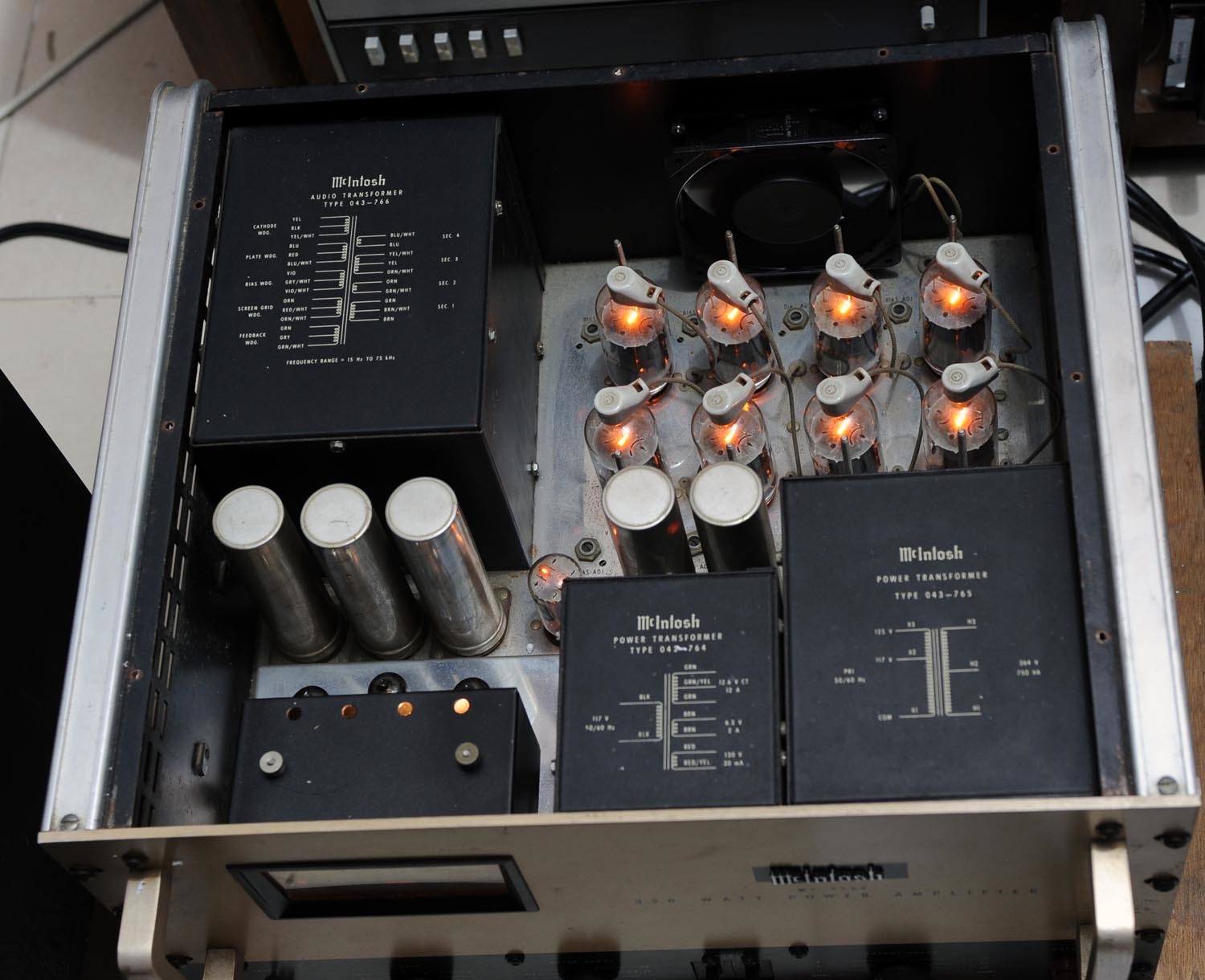
Analyzing the history of the appearance of the so-called cult UMZCH, several interesting phenomena can be noted for a long time. I’ll talk about some in this article, which with a positive rating from users will be the first in a new post cycle. Today we will deal with an expensive and not very high-end, with what it grew from, what it was, and what it became.
As a basis for the material, I took reviews of such people as: Peter Breuninger, Dick Olsher, Harry Pearson and others, as well as a number of publications reflecting the historical significance of the devices and the formation of some brands. As it turned out, despite some discrepancies, the authors' conclusions about the “cult” and historical significance of many well-known amplifiers are quite correlated.
Already at the stage of analyzing the sources, I came across the following: magazines for audiophiles and sympathizers, when it comes to mass and inexpensive devices, the price of the device is not indicated. At the same time, if at the time the component appeared on the windows, it cost several tens of kilobaks, then they mention the price almost immediately and draw attention to it (indicating that this price tag was in such and such a year, and this is taking into account the inflation of the dollar et setera).
I decided to fill these gaps, and found the cost of some devices that did not fall into the reviews of seasoned sound engineers. Another point, it is connected with the fact that the audio press of the 70s - 90s did not bother itself, as unnecessary, apparently, by indicating the exact characteristics of the devices about which it wrote.
This revolutionary product for its time was developed by American engineer David Hafler. In 1954, Hafler, with another famous hi-fi father, Ed Laurent, founded Dynaco in Philadelphia. By 1959, the serial production of the ST 70 tube amplifier was established, which, in the cheaper version (“Dynakit”), was intended for self-assembly.
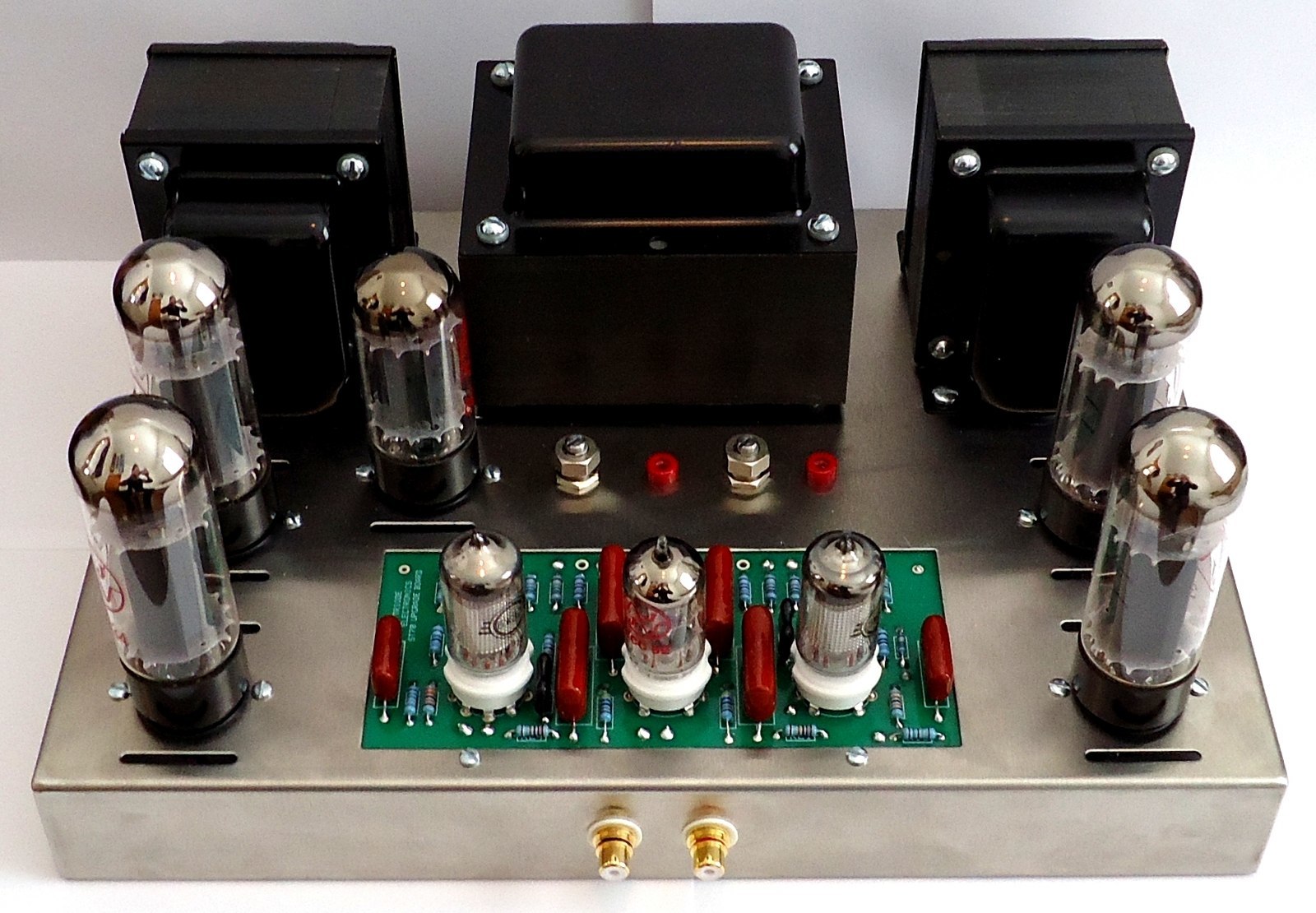
The simple and effective circuitry of the audiophile designer involved the use of four EL34 lamps, one GZ34 / 5AR4 and two 7199. The impressive design of the amplifier was developed by Ed Laurent and Bob Tucker, who used nickel-plated housing surfaces for shielding. This feature has a positive effect on the aesthetics of the device.
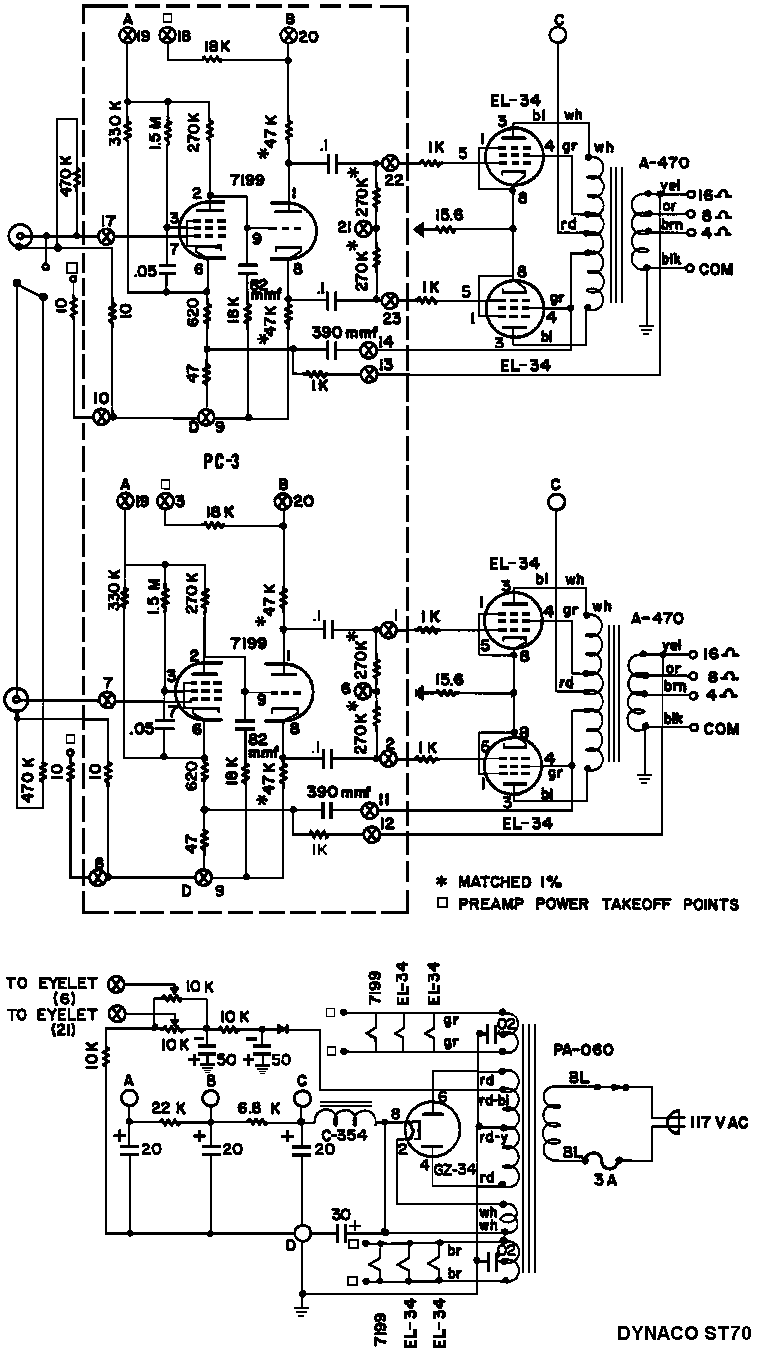
The cost of the kit for creating an amplifier was relatively small and did not exceed $ 99, 95, the assembled amplifier cost a little more, about $ 130. The most surprising in this product were almost not real characteristics for that time, at a relatively low price:
The cost of the amplifier ($ 100- $ 130) was decent enough for 1959, but quite affordable for a representative of the American middle class. Given inflation, it is about $ 820 - $ 1,000 today. It should be noted that devices that were similar in characteristics and inferior to it in some parameters at that time cost about $ 500- $ 800, i.e., about $ 4100 - $ 6500. It was thanks to this difference that this amplifier was called McIntosh for the poor, and later Hi-endamp for deadbeat.
It is clear that today you can find an amplifier with similar characteristics for $ 820 and for less money. But it is worthwhile to understand that a lot of time has passed so that these parameters become normal. However, the lamp one is already not enough, the “warm” lamp watts are painfully expensive nowadays. At the same time, 350,000 copies of the ST-70 were sold during the production period, which is the number that has no equal for the production period of this device (1959-1970).
Today, the McIntosh MC-3500 is the dream of many music lovers and audiophiles nostalgic for the 60s. Chroniclers of audio, he is ranked as the so-called True Hi-end. At the same time, the titled UMZCH did not begin its journey in the showrooms of expensive audio stores or in private studios for listening to music.

The McIntosh MC-3500 was the workhorse of serious concert venues, rehearsal facilities, and recording studios. This device was initially positioned as a professional technique and only 3-4 years after gaining the reputation of an unkillable and excellent-sounding amplifier for the pros, it was “adopted” by audiophiles.

Like most of the technology of its time (year 1968), the McIntosh MC-3500 was a tube. The characteristics of the device met the requirements of the best concert venues and studios of that time:
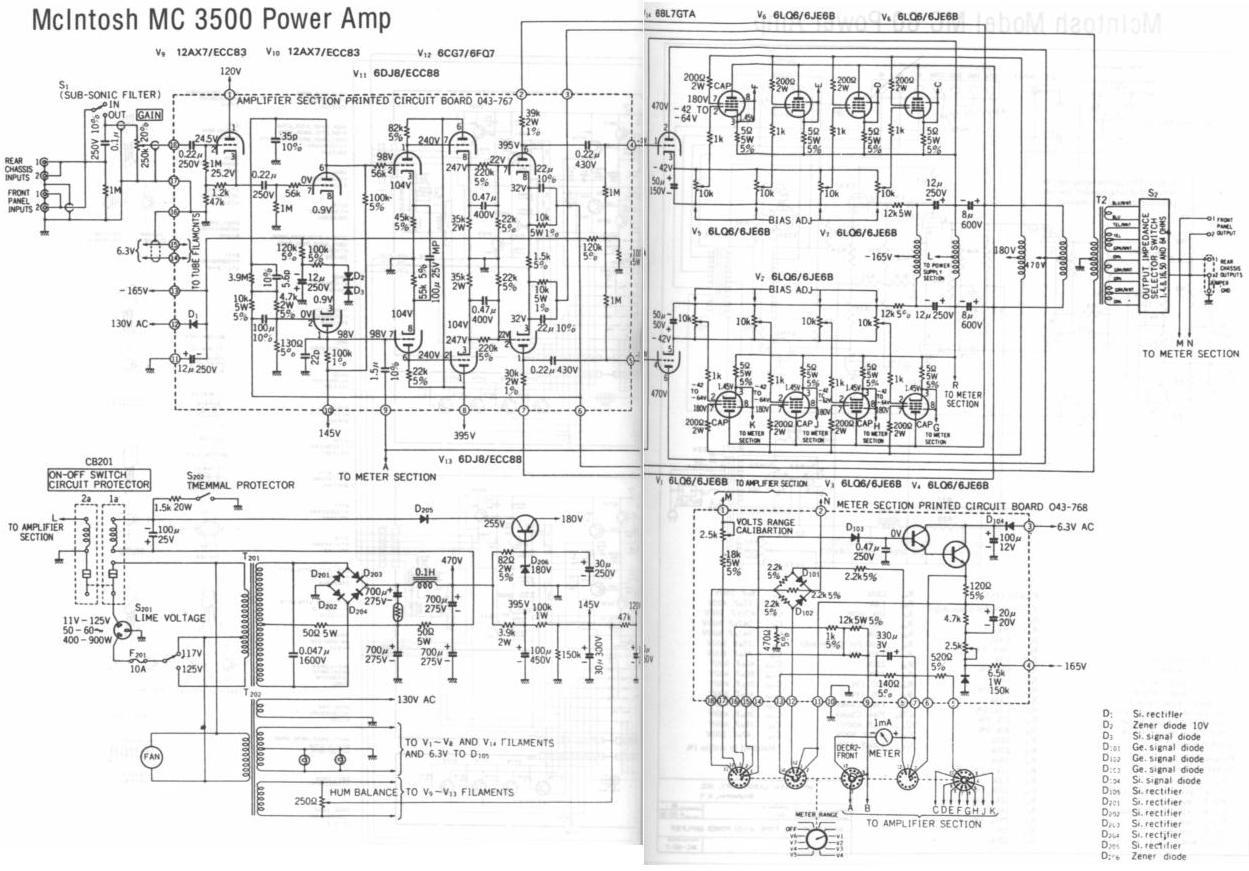
Interestingly, it was these monoblock amplifiers that used the legends of psychedelic rock, the Grateful Dead group. Perhaps that is why those amplifiers that cost in the 60s - $ 4,000 (equivalent to $ 25,744 in 2017) for a pair, are sold at auctions today at prices ranging from $ 20,000 to $ 60,000 for one candy bar.
What can happen when a very good engineer, who opened a very pathos company (Great American Sound), in a very pathos time (the 70s of the last century) creates a very pathos product? That's right, the stereo amplifier is Ampzilla II, a very good amplifier, at a quite up-price for the middle class price: $ 629 (which is equivalent to $ 2,608 today) and unprecedentedly pathos advertising.
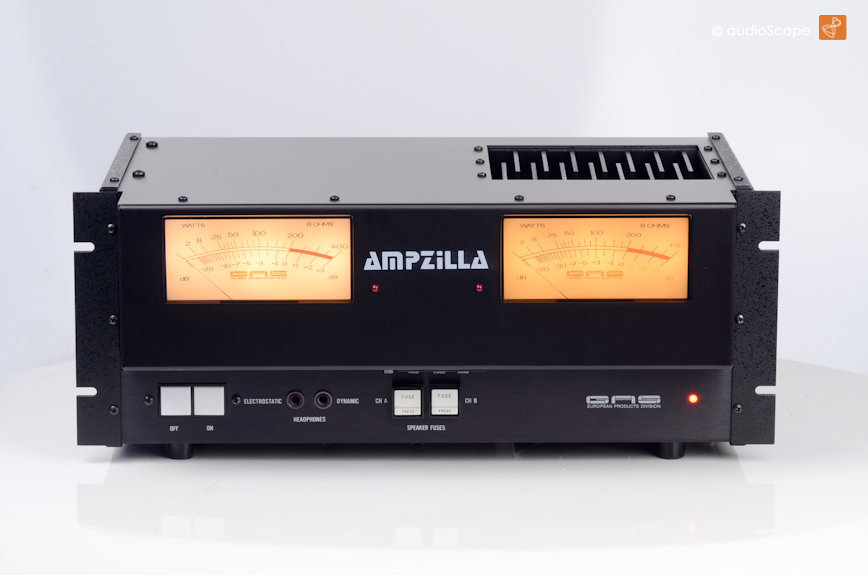
It is worth noting that this amplifier is worth the money, as its characteristics eloquently speak, without pathos advertising:

The amplifier was appreciated by contemporaries, bought a lot, more than 100,000 pieces from 1977 to 1982. Paradoxically, the tube-true Audiophile criticism (in magazines such as Stereophile, Pride Audio, etc.), praised this glaring example of transistor-semiconductor soullessness, with a ridiculous (for Hi End) price tag, noting in particular:
I especially liked emotional tension.
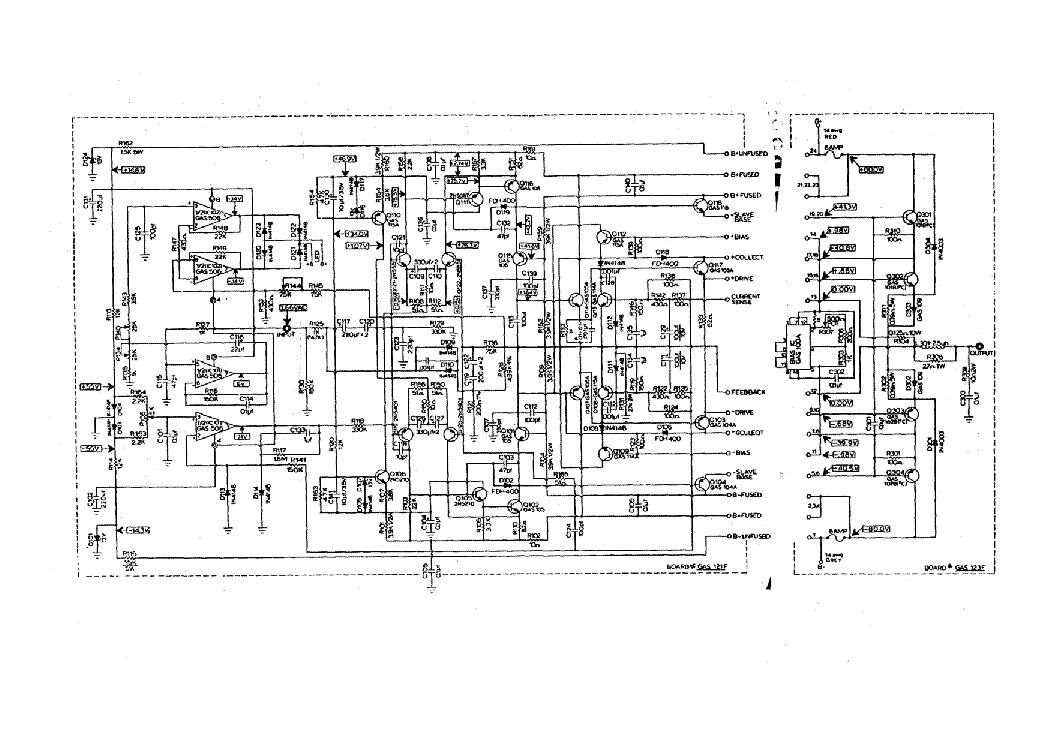
I deliberately will not dwell on several stages of thedegradation of the evolution of Hyenda in the 80s, 90s and zero (if there is a cycle, we will certainly return to them). I will skip this long transitional stage so that you can feel the contrast between what they did and appreciated then, and what they do and appreciate now.
Lyrical digression. I am not sick of retrograde, I don’t pray for vintage, I love and respect progress. I will not, with the appearance of an old-fashioned wise old man, talk about “how cool it was” when I was not, no. But I want readers to note the dominant concepts in which devices are recognized as cult (then - cult, and now - "cult"). And so, are you ready? Drumroll…
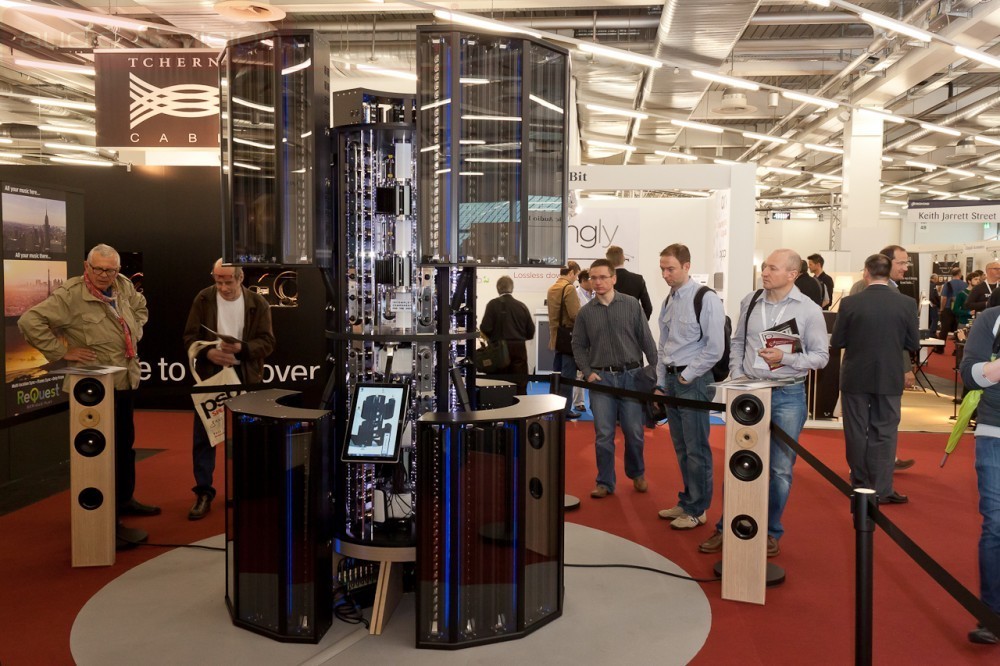
The significance of a particular product for a generation, to some extent, indirectly speaks of its priorities, its values. Of course, today there are a great many devices, the significance of which will tell a lot of good things to our descendants about us. But from something, it seems to me that such devices are negligible in the sound equipment. One gets the feeling that people who appreciated sound in the 70s and 60s were many times smarter than those who today with a dull, pathos look and snobbish contempt say to others: “What do you understand, it's a sound that costs 100 / 500 thousand bucks. " I would like the evaluation criteria to be different. But this, of course, is the lyrics.
Analyzing the history of the appearance of the so-called cult UMZCH, several interesting phenomena can be noted for a long time. I’ll talk about some in this article, which with a positive rating from users will be the first in a new post cycle. Today we will deal with an expensive and not very high-end, with what it grew from, what it was, and what it became.
As a basis for the material, I took reviews of such people as: Peter Breuninger, Dick Olsher, Harry Pearson and others, as well as a number of publications reflecting the historical significance of the devices and the formation of some brands. As it turned out, despite some discrepancies, the authors' conclusions about the “cult” and historical significance of many well-known amplifiers are quite correlated.
Eloquent silence
Already at the stage of analyzing the sources, I came across the following: magazines for audiophiles and sympathizers, when it comes to mass and inexpensive devices, the price of the device is not indicated. At the same time, if at the time the component appeared on the windows, it cost several tens of kilobaks, then they mention the price almost immediately and draw attention to it (indicating that this price tag was in such and such a year, and this is taking into account the inflation of the dollar et setera).
I decided to fill these gaps, and found the cost of some devices that did not fall into the reviews of seasoned sound engineers. Another point, it is connected with the fact that the audio press of the 70s - 90s did not bother itself, as unnecessary, apparently, by indicating the exact characteristics of the devices about which it wrote.
Dynakit (Dynaco ST-70) - DIY designer for audiophile
This revolutionary product for its time was developed by American engineer David Hafler. In 1954, Hafler, with another famous hi-fi father, Ed Laurent, founded Dynaco in Philadelphia. By 1959, the serial production of the ST 70 tube amplifier was established, which, in the cheaper version (“Dynakit”), was intended for self-assembly.

The simple and effective circuitry of the audiophile designer involved the use of four EL34 lamps, one GZ34 / 5AR4 and two 7199. The impressive design of the amplifier was developed by Ed Laurent and Bob Tucker, who used nickel-plated housing surfaces for shielding. This feature has a positive effect on the aesthetics of the device.

The cost of the kit for creating an amplifier was relatively small and did not exceed $ 99, 95, the assembled amplifier cost a little more, about $ 130. The most surprising in this product were almost not real characteristics for that time, at a relatively low price:
RMS - 35 W (PMPO: 80 W)
Response - 10 Hz ~ 40 kHz at ± 0.5 dB.
Total THD - less than 1%. (20 Hz ~ 20kHz, with 35 W & with 1 dB)
IM Distortion - less than 1% with 35 W & less than 0.05% with 1 W.
Distortion Noise & hum: 90 dB with RMS.
Output impedance - 4, 8 and 16 Ohm.
Damping factor:> 250 @ 20Hz to 1KHz
The cost of the amplifier ($ 100- $ 130) was decent enough for 1959, but quite affordable for a representative of the American middle class. Given inflation, it is about $ 820 - $ 1,000 today. It should be noted that devices that were similar in characteristics and inferior to it in some parameters at that time cost about $ 500- $ 800, i.e., about $ 4100 - $ 6500. It was thanks to this difference that this amplifier was called McIntosh for the poor, and later Hi-endamp for deadbeat.
It is clear that today you can find an amplifier with similar characteristics for $ 820 and for less money. But it is worthwhile to understand that a lot of time has passed so that these parameters become normal. However, the lamp one is already not enough, the “warm” lamp watts are painfully expensive nowadays. At the same time, 350,000 copies of the ST-70 were sold during the production period, which is the number that has no equal for the production period of this device (1959-1970).
Concert Macs of grateful dead or a “warm” tube psychedelic
Today, the McIntosh MC-3500 is the dream of many music lovers and audiophiles nostalgic for the 60s. Chroniclers of audio, he is ranked as the so-called True Hi-end. At the same time, the titled UMZCH did not begin its journey in the showrooms of expensive audio stores or in private studios for listening to music.

The McIntosh MC-3500 was the workhorse of serious concert venues, rehearsal facilities, and recording studios. This device was initially positioned as a professional technique and only 3-4 years after gaining the reputation of an unkillable and excellent-sounding amplifier for the pros, it was “adopted” by audiophiles.

Like most of the technology of its time (year 1968), the McIntosh MC-3500 was a tube. The characteristics of the device met the requirements of the best concert venues and studios of that time:
RMS - 350W (PMPO: 870 W)
Response - 20-20kHz (+0 -0.5dB)
Total THD - 0.15%. (8 Ohms less than 20 Hz ~ 20kHz, with 35 W & with 1 dB)
IM Distortion - less than 0.9% with 350 W & less than 0.04% with 1 W.
Distortion Noise & hum -95dB.
Output impedance: 1, 4, 8, 16, 50 and 64 Ohms.
Interestingly, it was these monoblock amplifiers that used the legends of psychedelic rock, the Grateful Dead group. Perhaps that is why those amplifiers that cost in the 60s - $ 4,000 (equivalent to $ 25,744 in 2017) for a pair, are sold at auctions today at prices ranging from $ 20,000 to $ 60,000 for one candy bar.
70s semiconductor standard
What can happen when a very good engineer, who opened a very pathos company (Great American Sound), in a very pathos time (the 70s of the last century) creates a very pathos product? That's right, the stereo amplifier is Ampzilla II, a very good amplifier, at a quite up-price for the middle class price: $ 629 (which is equivalent to $ 2,608 today) and unprecedentedly pathos advertising.

It is worth noting that this amplifier is worth the money, as its characteristics eloquently speak, without pathos advertising:
80 W rms @ 8 Ohms @ less than 0.08% 20Hz to 20KHz
150 W rms @ 4 Ohms @ less than 0.02% 20Hz to 20KHz
Response: 20-20kHz (+0 -0.5dB)
Total THD & IM Distortion 8 Ohms less than 0.08 %
Frequency Response and power bandwidth at rated power 0.5Hz to 20KHz - 0.1 dB @ 8 Ohms
Damping factor:> 500 @ 20Hz to 1KHz
Input sensitivity: 1.0 Volts RMS for full power output
Input Impedance: 75K Ohms
Slew Rate: 40V / uS
Noise :> -100dB

The amplifier was appreciated by contemporaries, bought a lot, more than 100,000 pieces from 1977 to 1982. Paradoxically, the tube-true Audiophile criticism (in magazines such as Stereophile, Pride Audio, etc.), praised this glaring example of transistor-semiconductor soullessness, with a ridiculous (for Hi End) price tag, noting in particular:
“Many transistor amplifiers, then and now, demonstrate impressive technical specifications, but this is no more than having sterile dead sound. That is, he lacks emotional tension.
With Ampzilla II, this always happens differently. His rhythmic presentation, full of dynamics, conquered all music lovers, while music lovers tried to find more details in the high-frequency spectrum. ”
I especially liked emotional tension.

Toroidal monsters of our day
I deliberately will not dwell on several stages of the
Lyrical digression. I am not sick of retrograde, I don’t pray for vintage, I love and respect progress. I will not, with the appearance of an old-fashioned wise old man, talk about “how cool it was” when I was not, no. But I want readers to note the dominant concepts in which devices are recognized as cult (then - cult, and now - "cult"). And so, are you ready? Drumroll…

Name: Opera Only
Weight: 1.5 tons
Status: iconic amplifier of the 2000s, the most expensive sound amplifier on the planet.
Creator: Industrial Designer Andrea Pivett.
Design: 6 toroidal transformers, each with a power of 30 kW and 2112 bipolar transistors, which cool 12 powerful coolers.
RMS Opera Only (mono): 160,000 W (I’m not mistaken, that’s how much)
RMS Opera Only (stereo): 80,000 W (per channel)
Else: not published, and maybe it doesn’t matter.
Other parameters:
Practical application :? (I will be glad to see examples in the comments, the creator himself did not reveal the secrets of the appointment of the monster)
Price: $ 2,200,000
Total
The significance of a particular product for a generation, to some extent, indirectly speaks of its priorities, its values. Of course, today there are a great many devices, the significance of which will tell a lot of good things to our descendants about us. But from something, it seems to me that such devices are negligible in the sound equipment. One gets the feeling that people who appreciated sound in the 70s and 60s were many times smarter than those who today with a dull, pathos look and snobbish contempt say to others: “What do you understand, it's a sound that costs 100 / 500 thousand bucks. " I would like the evaluation criteria to be different. But this, of course, is the lyrics.
